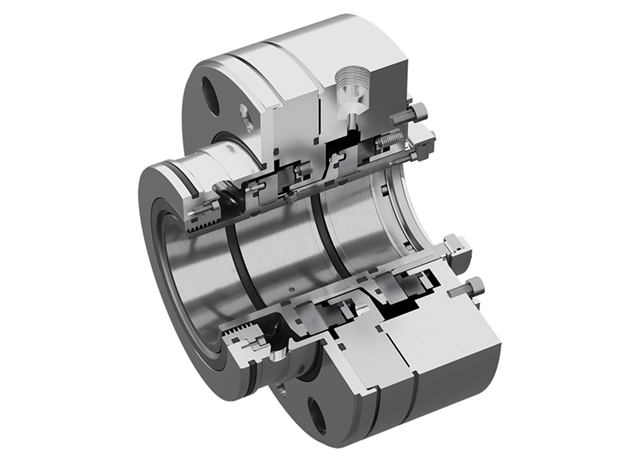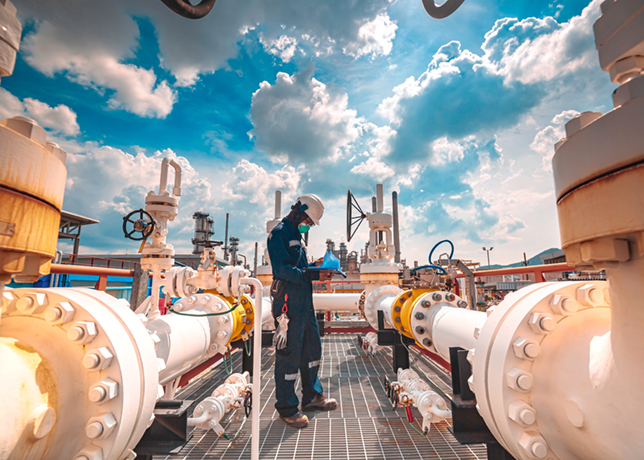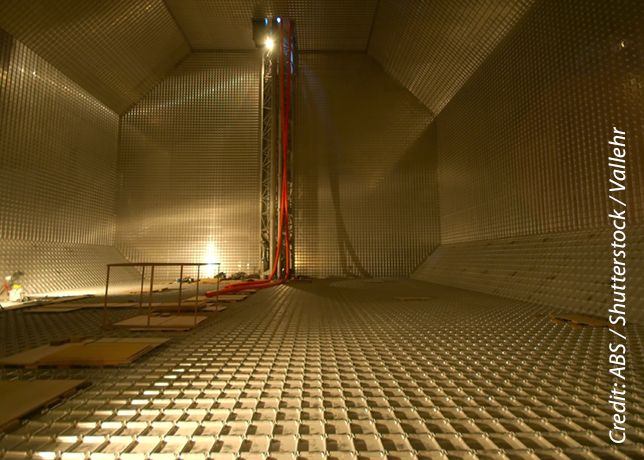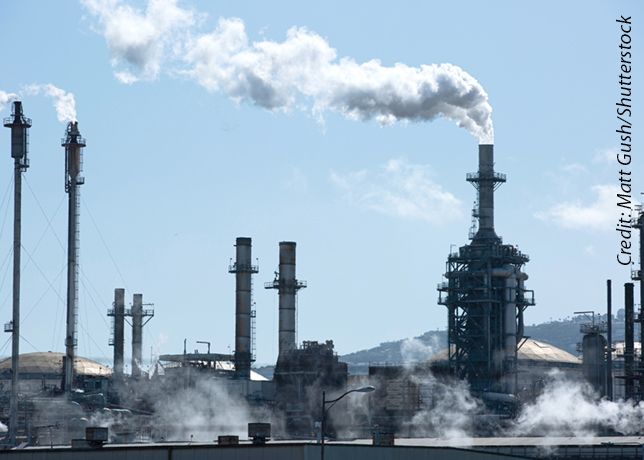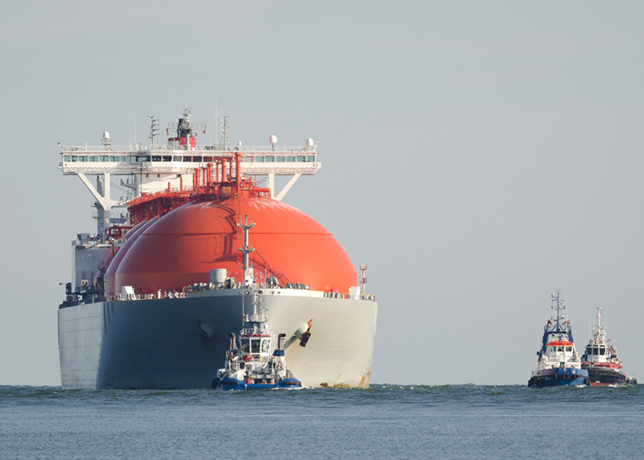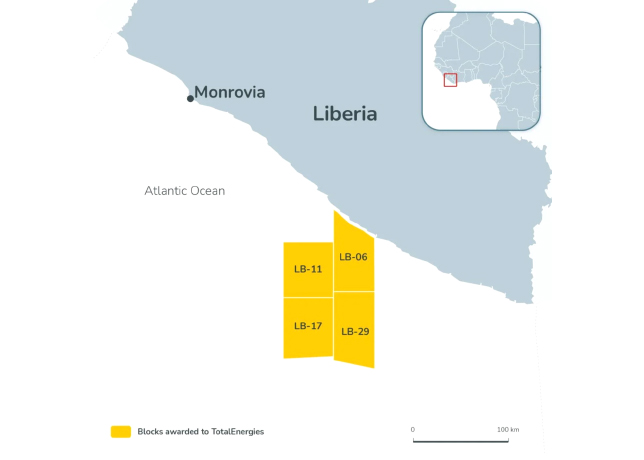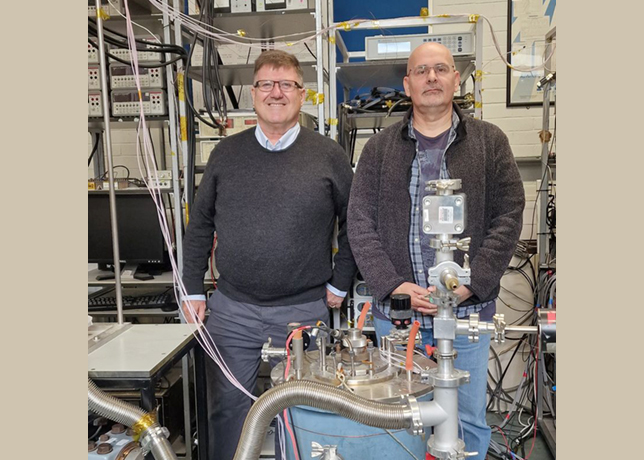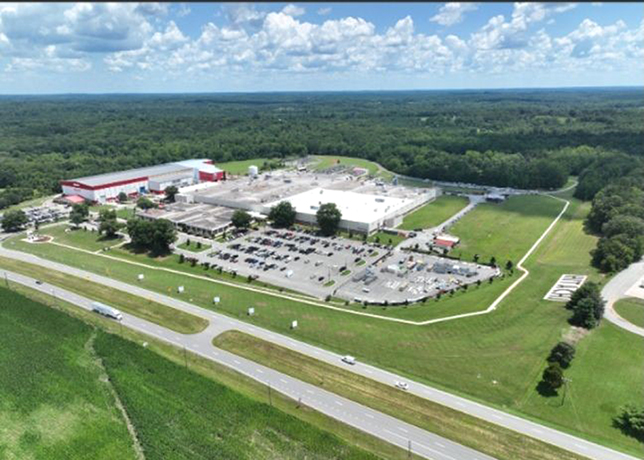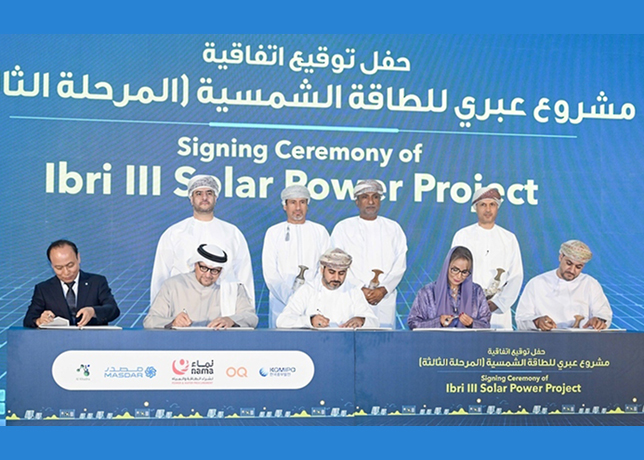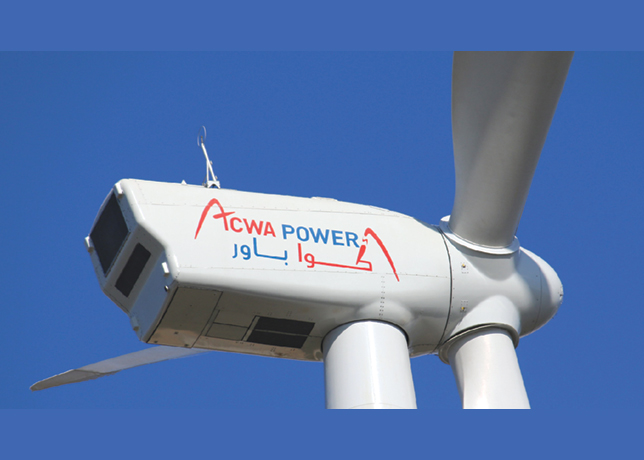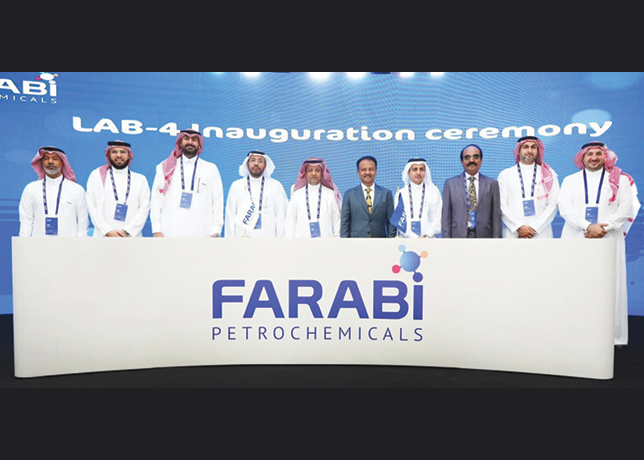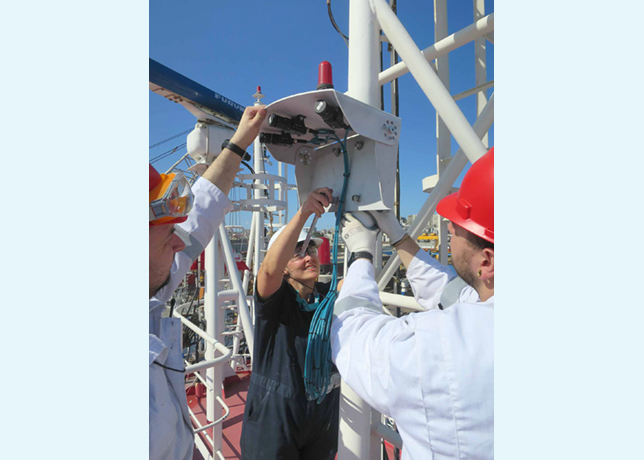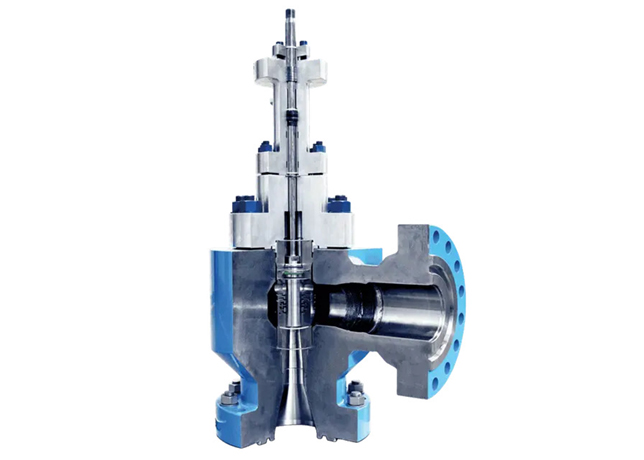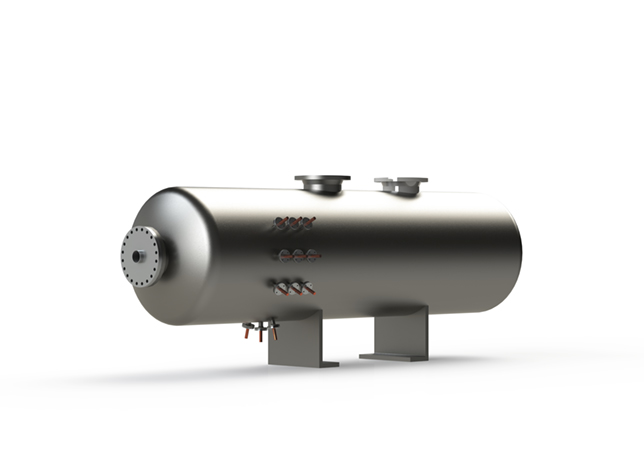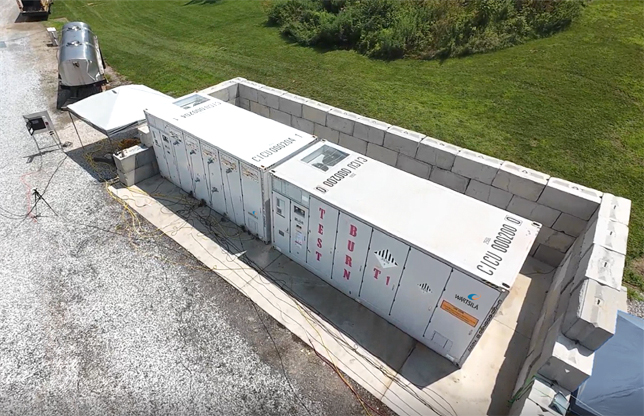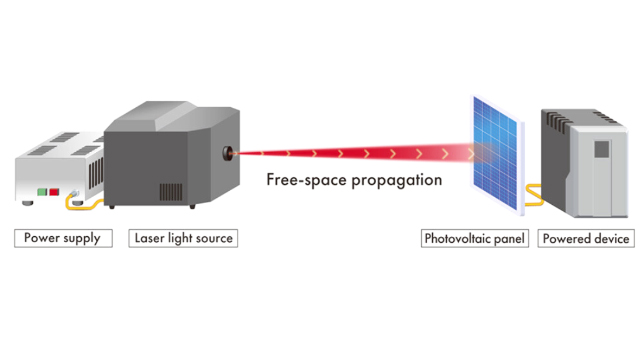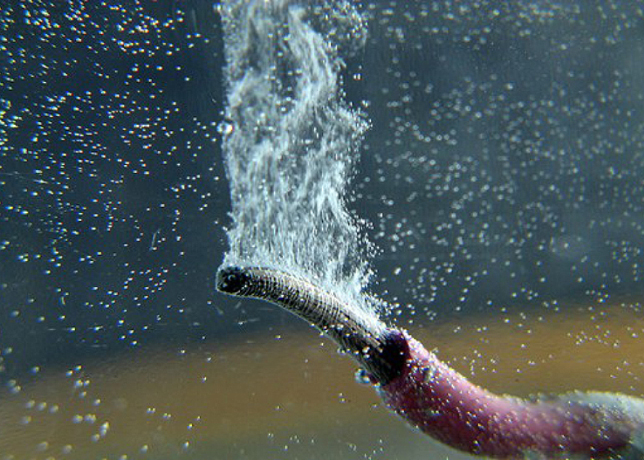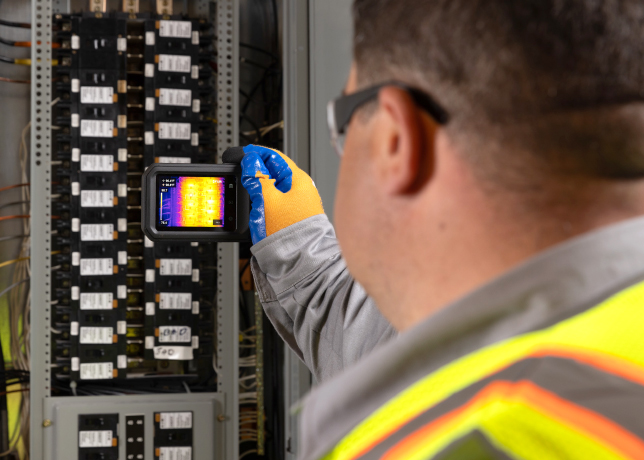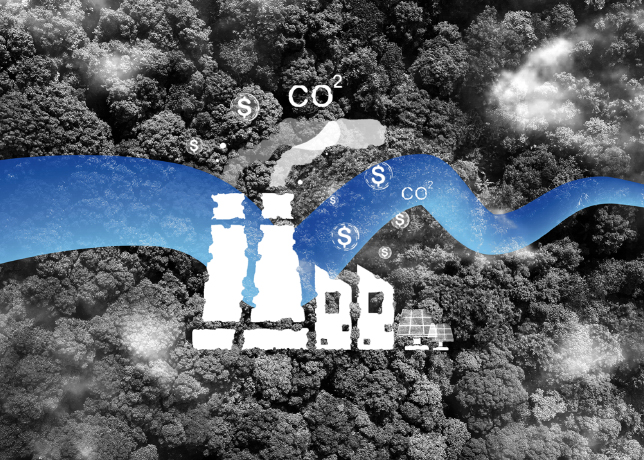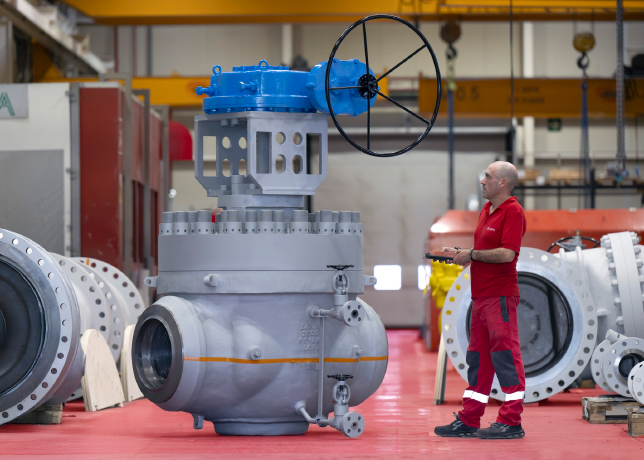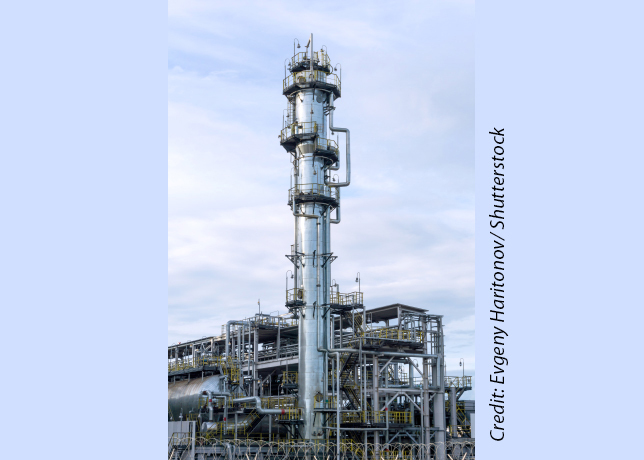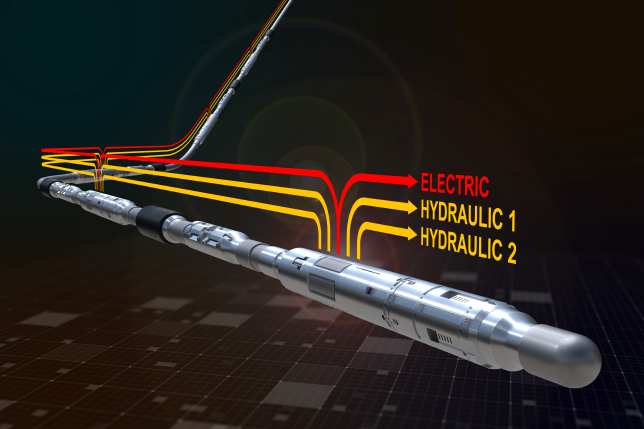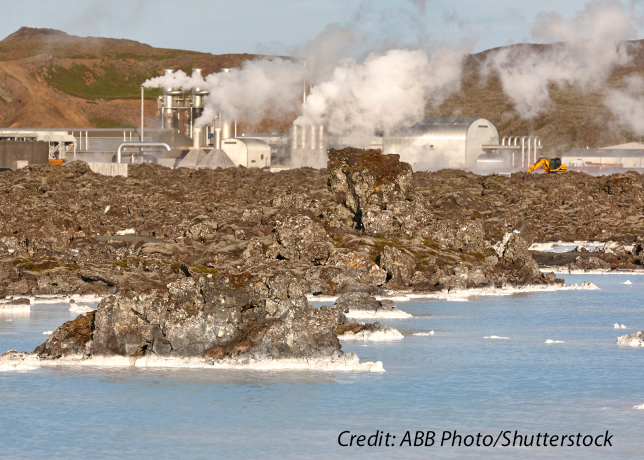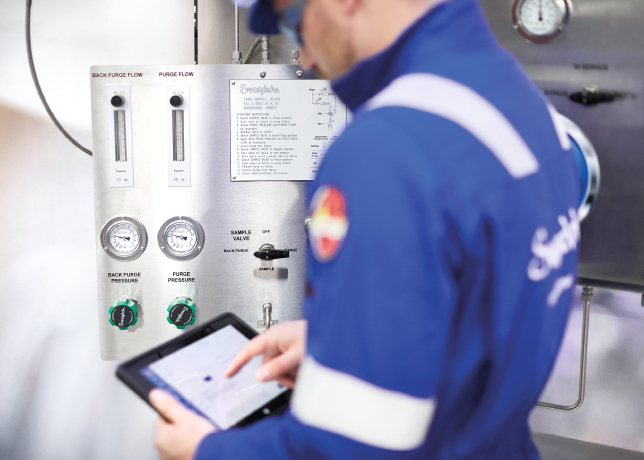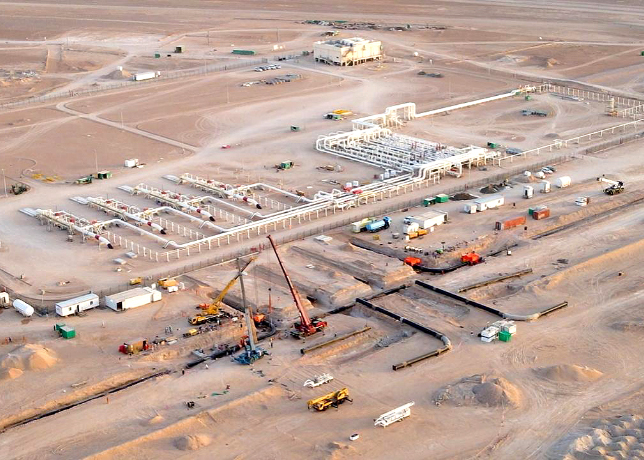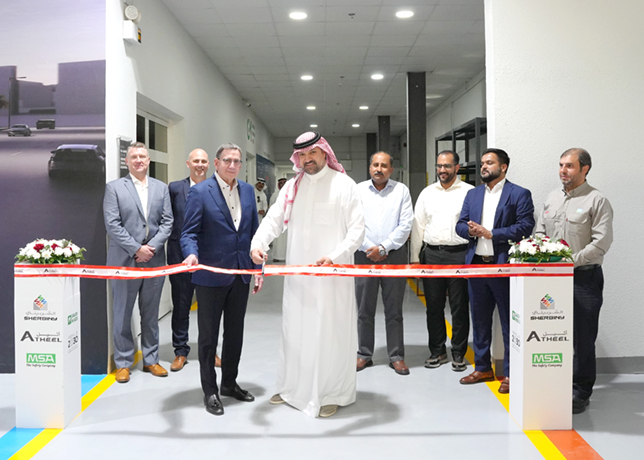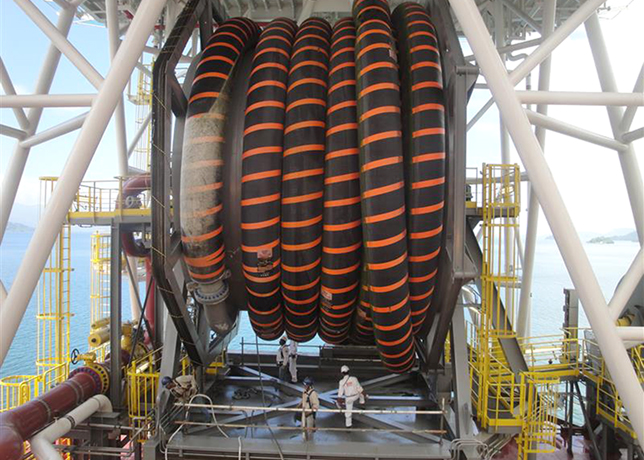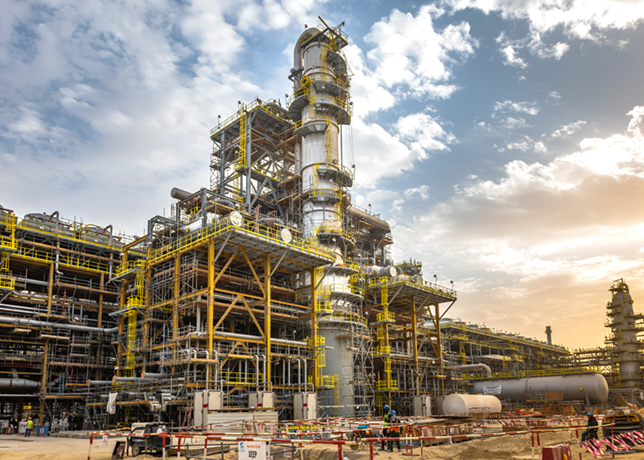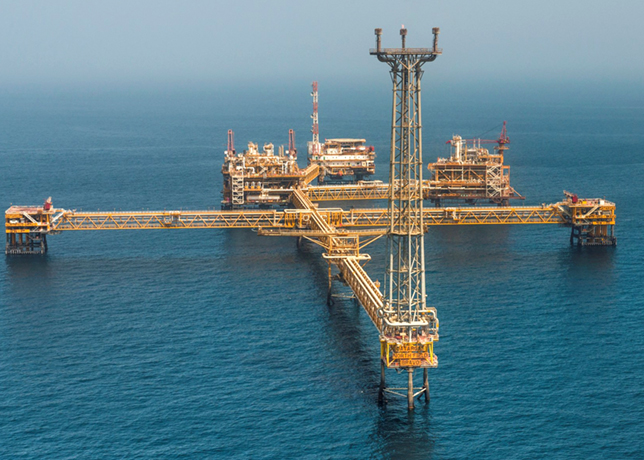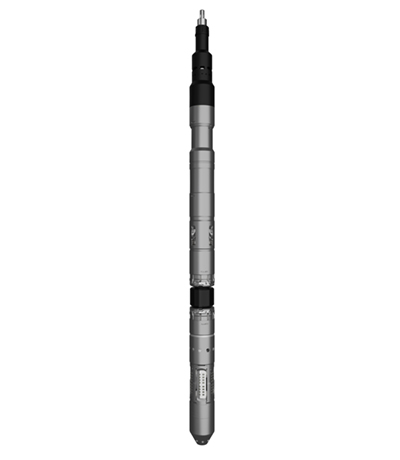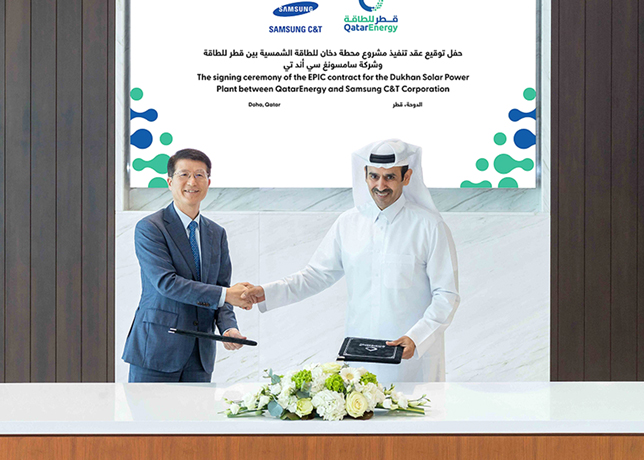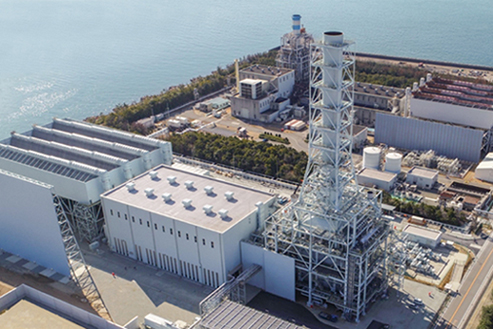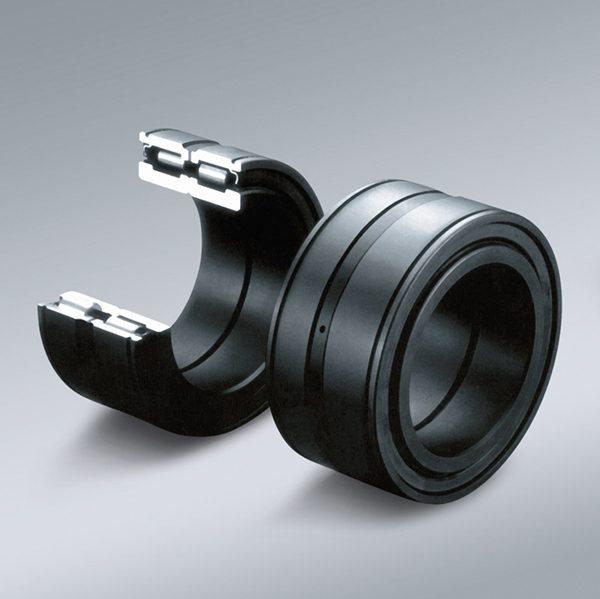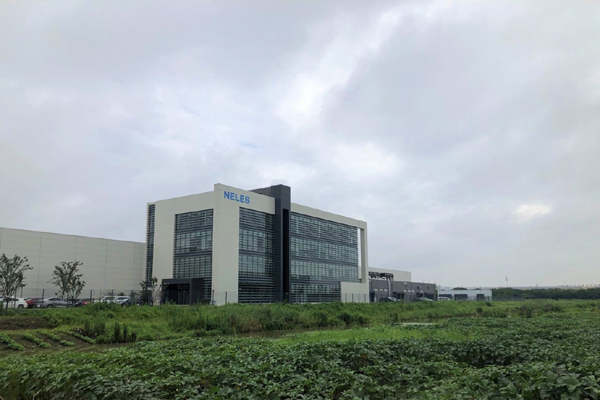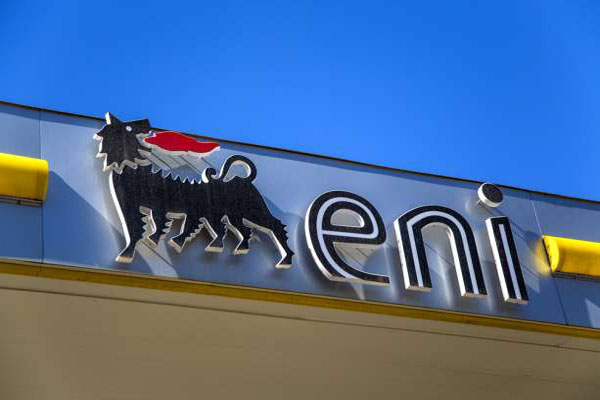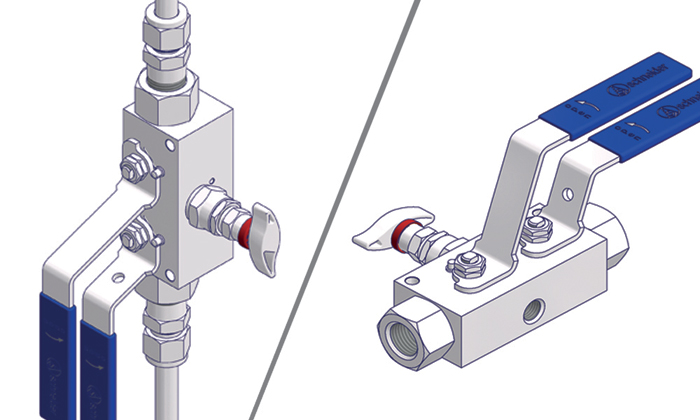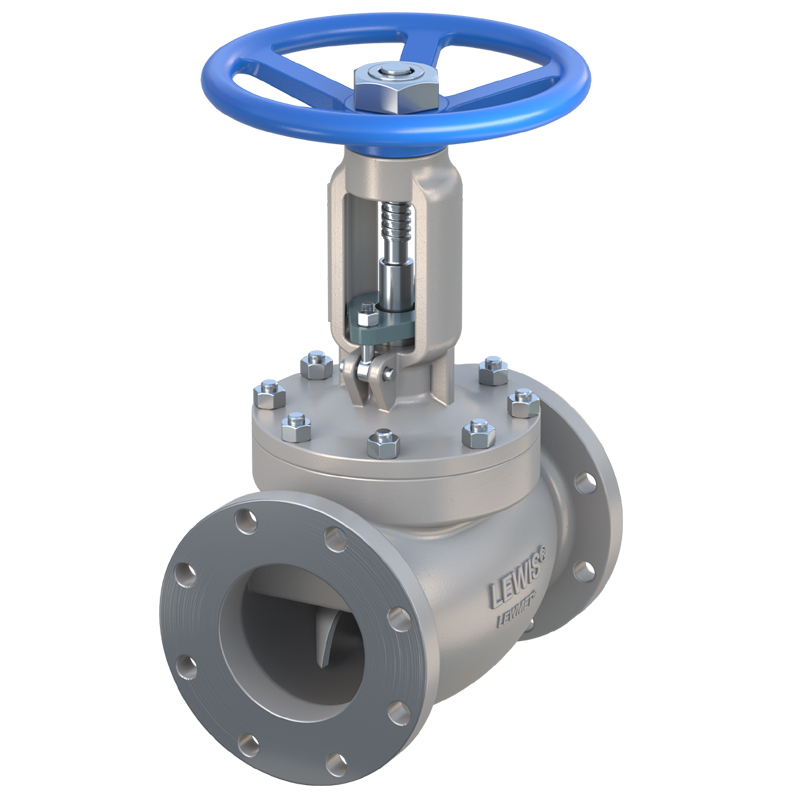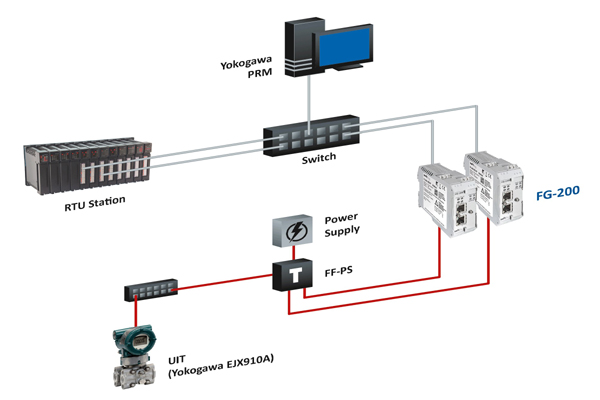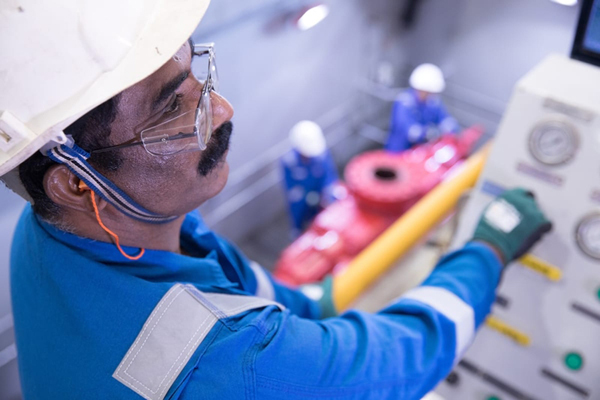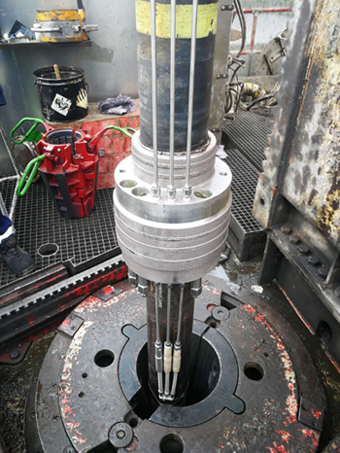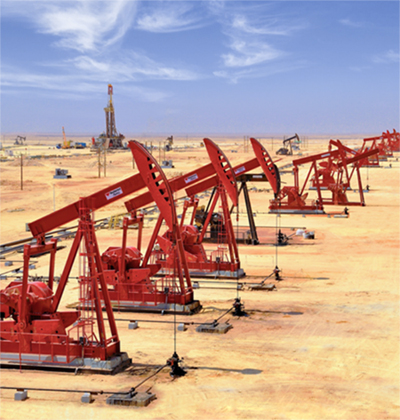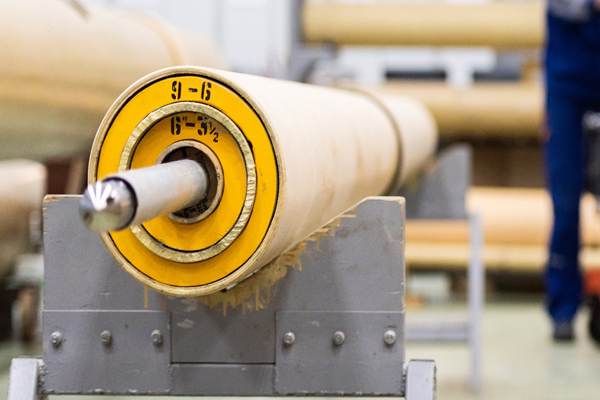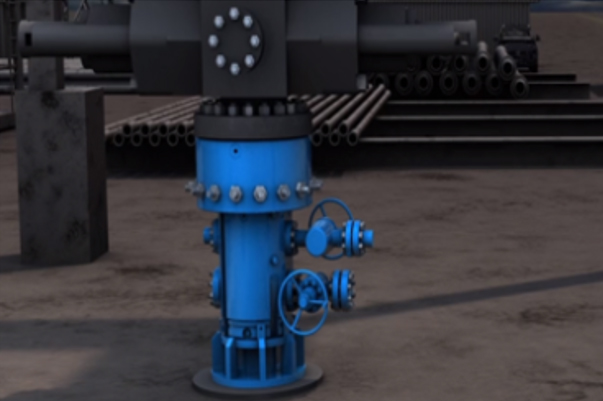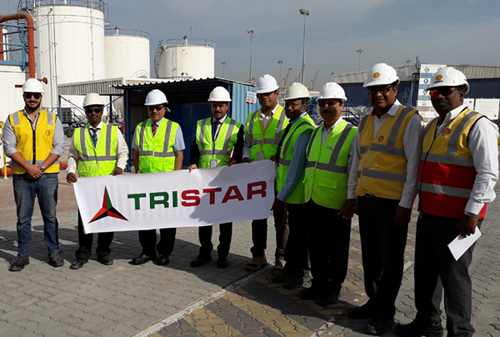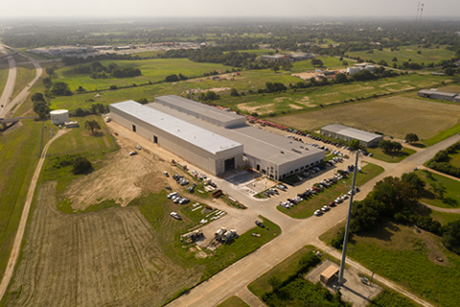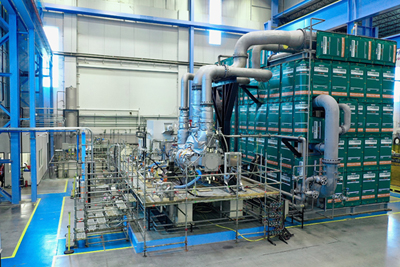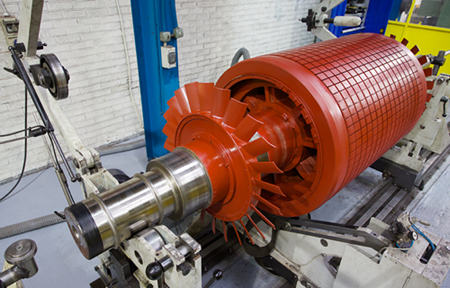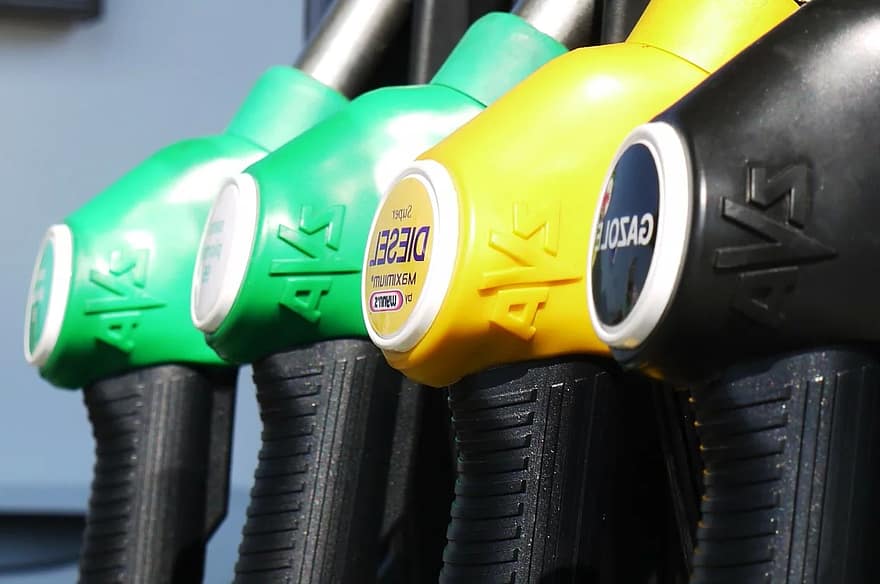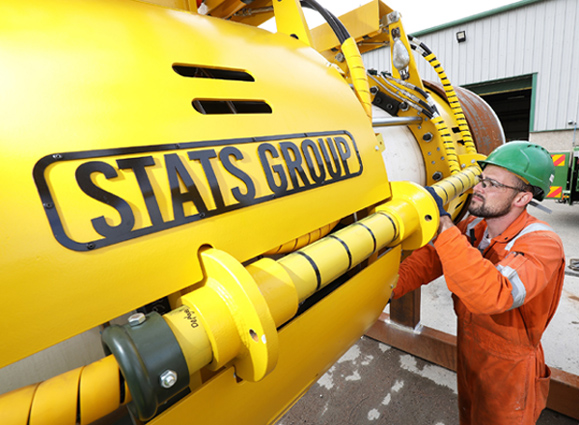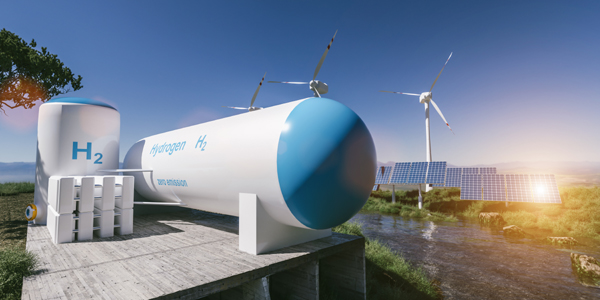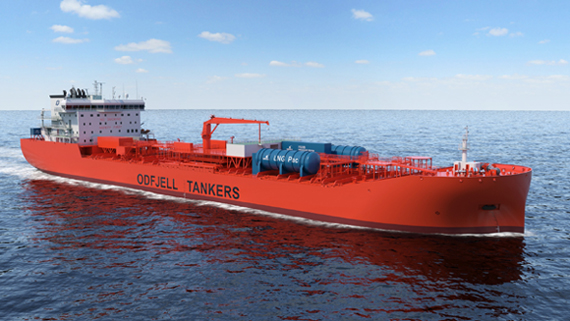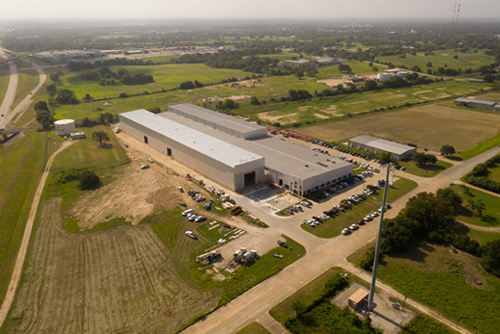
 Storage sites are fully equipped including rigs.
Storage sites are fully equipped including rigs.
Underground storage is the safe, economical and environmentally friendly way to store large volumes of hydrocarbons, energy sources, chemical products etc. - in gaseous, liquefied or liquid, form - in porous reservoirs or in man-made cavities deep below ground level.
Underground storage facilities serve for seasonal balancing between summer and winter time, for peak-shaving when the demand is extremely high, as emergency supply if the pipeline system failed and as strategic reserve for managing serious crisis in supply.
Instead of flaring large quantities of associated natural gas underground storage formations can be used for its preservation. But they are also increasingly used for spot-trading.
Typical products stored are natural gas, crude oil, fuels, propane / butane, air, chemical and petrochemical products. The volumes stored are huge.
In the case of natural gas they can reach several hundred millions scm up to some billion scm.
In the case of crude oil or LPG several hundred thousands cu m up to some million cu m are common.
The capability to store products underground depends on the existence of suitable geological conditions. Underground storage facilities can be created from depleted hydrocarbon fields, aquifer structures with a tight overburden, solution mined caverns in rock salt, traditionally mined hard rock cavities or disused mines.
Iraq reservoirs
Taking into account the conditions in Iraq aquifer reservoirs and solution mined caverns in rock salt are of special interest.
Under certain conditions, salt rock of considerable thickness can appear in the subsurface in form of bedded salt layers or salt domes.
If the salt is of sufficient thickness and quality, caverns can be created for storage purposes in those formations. Salt caverns are large cavities in the rock salt created artificially by solution mining - also known as leaching.
In order to create such a cavern by leaching it is necessary to drill and to case a borehole down to the depth of the salt formation. Water is then injected through the borehole, rock salt is dissolved and a brine-filled cavity is created at the lower end of the borehole.
The brine produced is, in turn, pumped up to the surface by another string, concentrically installed within the well.
The development of the cavern shape is controlled among other things by injecting a blanket between the roof and the interval to be leached. In this way caverns can be created with a geometric volume of up to several 100,000ÿcu m.
During the leaching period and the subsequent storage operations, the cavern shape is periodically monitored by means of sonar surveys. The stability of the caverns is ascertained by means of geomechanical investigations.
For the creation of a cavern volume of 1 cu m, on average, 8 cu m water has to be injected and withdrawn as brine.
Salt caverns are suitable for storing gas (particularly natural gas) under high pressure as well as liquids that are inert to both water and salt (e.g. crude oil, oil products, fuels, propane or butane).
An underground storage facility for storing approx. 270,000 cu m liquefied petroleum gas (LPG, propane/butane) was created in the early eighties in the bedded salt of the Kirkuk-Baba structure.
For storing LPG in salt caverns a concentric tube has to be installed in the well that reaches down to the bottom of the cavern.
The LPG to be stored is injected through the annulus and replaces the brine which has been removed from the cavern through the withdrawal string. Conversely, for product discharge, the same process takes place in the opposite direction. In between the brine is stored at the surface in large artificially created brine ponds.
Due to mainly geologically determined impacts and uncertainties the storage capacity had to be reduced in recent years.
This is why under the Oil-for-Food program a project was launched in order to re-establish and to extend the storage capacity by leaching new caverns, and to rehabilitate and to revamp the related surface facilities.
That project still seems pending.
A successful implementation of the project would undoubtedly contribute to a stabilisation of the LPG supply situation in Iraq.
Ain Ghazal
In the eighties of the last century another location in Iraq was successfully explored regarding the construction of storage caverns in salt: Ain Ghazal at the foothills of the Sinjar Mountains.
Exploration works was performed by the predecessor of the German company Untergrundspeicher- und Geotechnologie-Systeme GmbH (UGS).
Today UGS is an integrated engineering and service company, specialised in exploration, design, construction, maintenance, revamp and operation of underground storage facilities for gaseous, liquid and liquefied products.
It possesses both the competence and the equipment necessary to complete the full range of services involved in underground storage projects ranging from initial investigations to the commissioning of a turn-key-plant. UGS with its 200 employees provides about 40 years experience in construction and operation of underground storage facilities and in the related fields of geo-sciences and subsurface techniques.
It has qualified personnel, owns several drilling and workover rigs as well as first-gas-filling plants and operates them including leaching stations and brine disposal facilities.
Ain Ghazal was found to be suitable for the creation of several dozens of caverns, each with a geometric volume of up to 200,000 cu m and initially considered for storing fuels and natural gas. The crucial points for that attractive location are the provision of water in sufficient quantities, the environmentally friendly brine disposal and the quite long distance to the existing pipelines. But suggestions for overcoming all these problems do already exist.
Under the Oil-for-Food Program an repeated attempt was made to reactivate that storage project for seasonal balancing of diesel fuel and kerosene. It also seems still pending and is probably worth to be involved in considerations regarding the future role of underground storage in Iraq. The 6 wells already existing at the Ain Ghazal structure might be a good starting point.
Special Option
A special option for Iraq might be the use of large aquifer structures for underground storage. In that way associated natural gas presently not economically useable and therefore not yet processed can be preserved for future consumption and need not to be flared.
Oil and gas fields that have already been more or less exploited could be particularly suitable too for the injection of associated natural gas.
As these structures have successfully kept their hydrocarbon deposits trapped for millions of years, they have already demonstrated their geological suitability for storage purposes.
No special exploration is required for this kind of storage and, as an additional advantage, existing exploitation wells can potentially be re-used for gas injection and gas withdrawal.
The gas is injected under a pressure that is higher than the actual reservoir pressure - so that, when there is an increase in demand for gas, it can be withdrawn by expansion. Storage of associated natural gas can contribute to an increase of the recovery rate of oil while injected to a semi-depleted oil field still in production.
Gas injection and withdrawal rates of the wells depend mainly on the reservoir properties. To increase well capacities, especially in thin rock layers, new wells are increasingly being drilled in such a way that the lower section of the well runs horizontally along the storage formation. This provides a considerably larger flow area for the gas along with significantly higher injection and withdrawal rates.
First ideas regarding the storage of associated natural gas in the Middle East including Iraq were already in 1988 presented to the World Gas Conference by a joint team of Iraqi experts and specialist from UGS. According to their findings particularly the reservoir rocks in the wide and undisturbed anticlinal aquifer structures detected on the Arabian platform in the petroleum/natural gas exploration are to be considered as promising for the future for the preservation of associated natural gas. The long-term storage of associated natural gas is indeed praiseworthy to be included in the gas-economical considerations for the future development in Iraq.
Material provided by Dr. Detlef Edler.
















